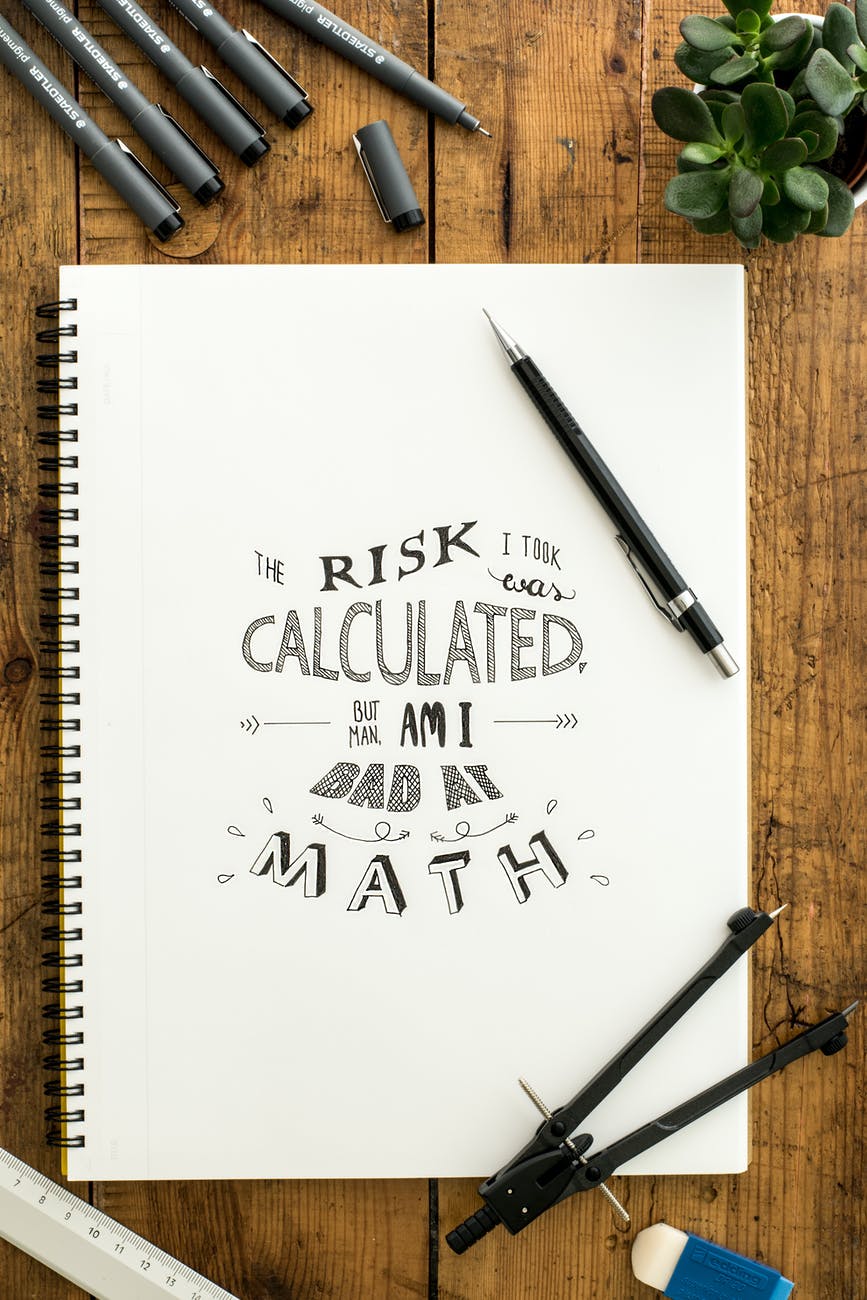Is Artificial Intelligence our Savior or SkyNet?

The Good, Bad & Ugly
The hype on artificial intelligence (AI) is in two camps: it’s the best thing ever or it will destroy humanity. Somewhere in the middle is probably closer to the truth. We can’t deny that AI does provide some huge benefits.
The Good: Healthcare
Healthcare can be improved with AI. Currently, clinical decisions made by doctors today are based on 3% of the population that participated in clinical trials. The other data is thrown out. AI can change this and create more effective treatment options. A big data approach to medical treatment can reduce unnecessary medical procedures, which is only possible with AI to sift through the vast amount of data. Machines are beginning to learn from decisions made by doctors, as a result AI may be able to predict disease before humans can. (Barzilay, 2018). There is a global shortage of doctors and AI offers a way to use existing doctors we do have, in concert with technology (Thomas, 2018).
Poverty and Famine
AI is also helping with disasters, the huge amount of seismic data that scientists collect to determine earthquakes are now being analyzed by AI to get better and more accurate early warnings. Storm trajectories and the predictions of how and where a disease will spread is also being improved through the use of AI (Bennington-Castro, 2017).
AI allows for monitoring of farmland’s nutrients, optimal rain, livestock monitoring and more (Venkatachalam, 2017). AI and robots allow humans to test and modify seeds at a much greater rate to produce a more efficient, genetically desirable crop for a number of different climates (Bennington-Castro, 2017). All of which enable humans to manage and produce food more efficiently for more people.
Famines have a complex, variety of contributors: drought, internal conflicts and a population at risk can all be factors. Because this is such a complex problem, it shouldn’t come as a surprise that it is another area where AI can help. The World Bank is already touting information modeling and AI as another mechanism for combating famine (Holley, 2018).
Even identifying individuals in poverty can be challenging. But AI allows for a more effective means of identification, as census gathering and information isn’t readily available in many third world countries. AI uses satellite images and algorithms to solve this issue (Bennington-Castro, 2017).
Education is another step to alleviating poverty but it remains challenging for many third world nations to attract and keep educators. AI along with web-learning platforms can alleviate the education gap (Bennington-Castro, 2017).
Security
Humans cannot keep up with and analyze the information coming from networks. AI offers another analytical option to sift through large amounts of data in a much shorter amount of time, to make better security possible through efficiency and it also reduces cost. Threat detection, fraud prevention, endpoint security and more can benefit from AI (Venkatachalam, 2017).
The Bad:
Misuse of AI regarding gender and racial discrimination is a real consideration. Machine bias in the justice systems, police systems and more systems can further discriminate against people who are already being discriminated against. One of the danger of AI researchers is that they are primarily white and male. (Thomas, 2018).
The military is using AI for autonomous weapons. These are self-thinking weapons. Let me say that one more time: self-thinking weapons. At some point, turning off a system that thinks for itself may become difficult (Tegmark, n.d.)
Many people are concerned about the lack of privacy and potential for surveillance states, AI can enable and quickly implement such a state (Vincent, 2018). We’ve already talked about that in a previous post regarding China’s citizen ranking program which relies on surveillance.
What if we programmed an AI to do something beneficial but we didn’t like how it decided to achieve that goal? (Tegmark, n.d.). For example, we set a system up to solve pollution, but the AI determined that humans were the problem in the equation. What actions could the AI take against humans and how could we limit that?
The Ugly:
AI is really something we have designed to assist us. The vast majority think of this as something beneficial to society. But not everyone has that objective. Some of the damaging activities that humans do now can be made much worse with the help of AI. Hackers can use AI to create exploits quicker and, to automate phishing attacks resulting in more cybercrime/identify theft. They may also be able to manipulate AI systems into performing functions not intended. Drones, self-aware robot swarms, and self-driving vehicles can assist terrorists in becoming more effective and better at remote attacks. Psychological operations such as fake news can be more widely deployed (Gershgorn, 2018).
Next?
What can we or should we do? Elon Musk has publicly called for regulation of AI. That is one step we could take. First, I think greater awareness of both the good and bad aspects need to be propagated. Everyone needs to understand what this technology could do. We can’t make informed decisions otherwise.
References:
Barzilay, R. (2018). AI for Personalized Health Care [Video File]. Retrieved from: https://www.technologyreview.com/video/611338/ai-for-personalized-health-care/
Bennington-Castro, J. (2017). AI is a Game-Changer in the Fight Against Hunger and Poverty. Here’s Why. Retrieved from: https://www.nbcnews.com/mach/tech/ai-game-changer-fight-against-hunger-poverty-here-s-why-ncna774696
Fuller, T. and Metz, C. (2018). A.I. Is Helping Scientists Predict When and Where the Next Big Earthquake Will Be. Retrieved from: https://www.nytimes.com/2018/10/26/technology/earthquake-predictions-artificial-intelligence.html
Gershgorn, D. (2018). AI experts list the real dangers of artificial intelligence. Retrieved from: https://qz.com/1213524/ai-experts-list-the-real-dangers-of-artificial-intelligence/
Holley, P. (2018). The World Bank’s Latest Tool for Fighting Famine: Artificial Intelligence. Retrieved from: https://www.washingtonpost.com/technology/2018/09/23/world-banks-latest-tool-fighting-famine-artificial-intelligence/?utm_term=.8de70f506dd5
Tegmark, M. (n.d.) Benefits and Risks of Artificial Intelligence. Retrieved from: https://futureoflife.org/background/benefits-risks-of-artificial-intelligence/?cn-reloaded=1
Thomas, R. (2018). Accessible AI: Expanding the Reach of Intelligent Solutions. Retrieved from: https://www.technologyreview.com/video/610690/accessible-ai-expanding-the-reach-of-intelligent-solutions/
Venkatachalam, S. (2017). 3 ways Artificial Intelligence will change the world for the better. Retrieved from: https://www.weforum.org/agenda/2017/05/artificial-intelligence-will-change-the-world-heres-how/
Vincent, J. (2018). Here are some ways experts think AI may screw with us in the next five years. Retrieved from:https://www.theverge.com/2018/2/20/17032228/ai-artificial-intelligence-threat-report-malicious-uses
So how will the Human Element affect AI in the future?

Dr. Susan Cole is a 2008 graduate of the University of Fairfax with a PhD in Information Assurance (Cybersecurity). She received her MBA from Salem International University (2007), her MA from American University in International Politics (1995), a BA from Wilson College in Foreign Languages (1994) and an AA in Mandarin Chinese (1997). For her PhD, she studied what influences the decision making process for IT and Cybersecurity managers in their recommendations to adopt and implement new security technology in their organizations. The specific technology she researched was Biometrics. She has achieved and maintains certification as both a Certified Information System Security Professional (CISSP) and a Certified Ethical Hacker (CEH). She also obtained her Certificate of Cloud Security Knowledge (CCSK). She’s held numerous positions from Cybersecurity Policy writer for an enterprise to a member of an Incident Response Team. Much of her career has focused on certification and accreditation (C&A) activities, now assessment and authorization (A&A) under NIST’s Risk Management Framework. She provided consulting support to small companies and now works as an Information System Security Officer (ISSO). Dr. Cole has been teaching since 2012 and has been involved with Colorado Technical University (CTU), Concordia University, Baker College, University of Maryland (UMUC), and Thomas Edison State University (TESU).








